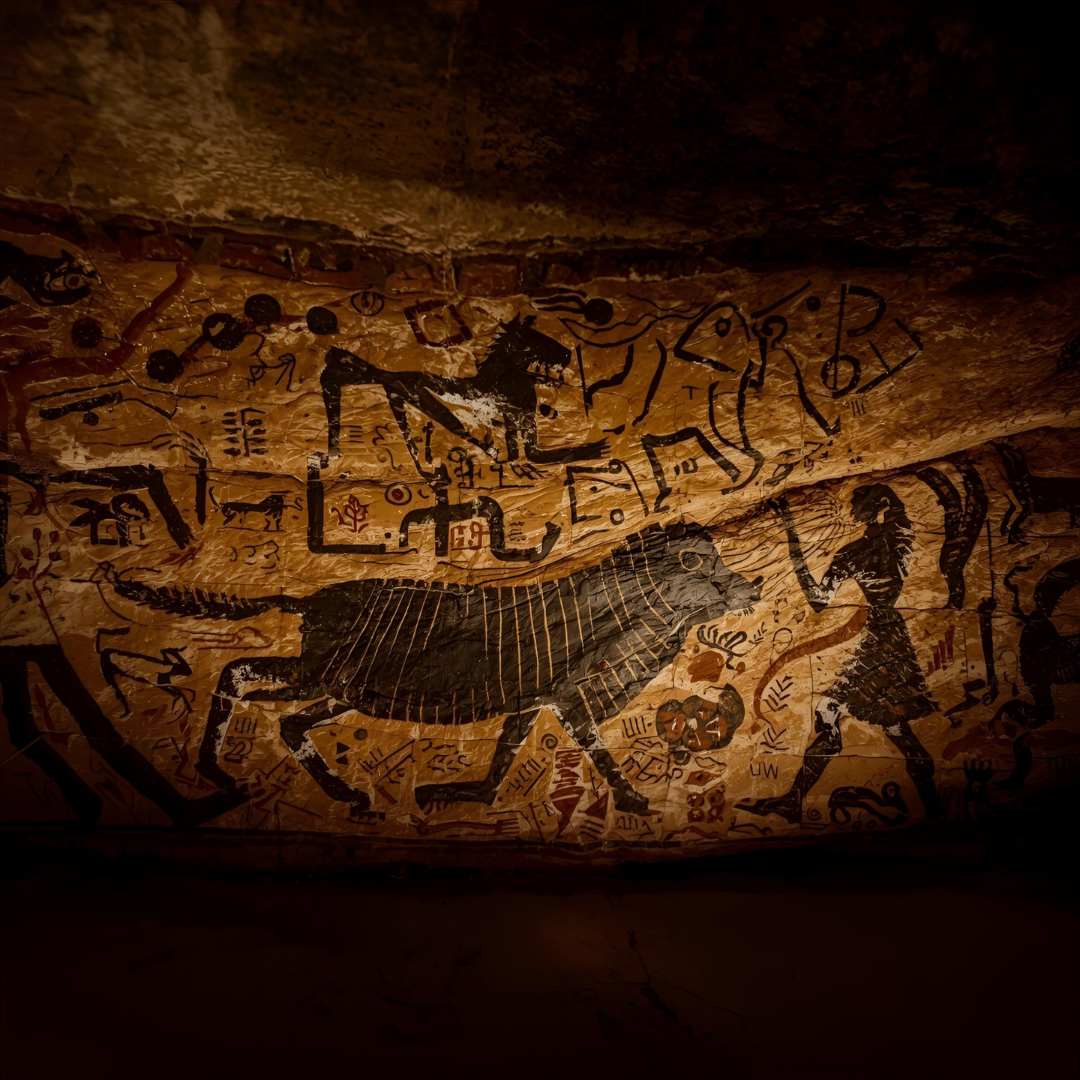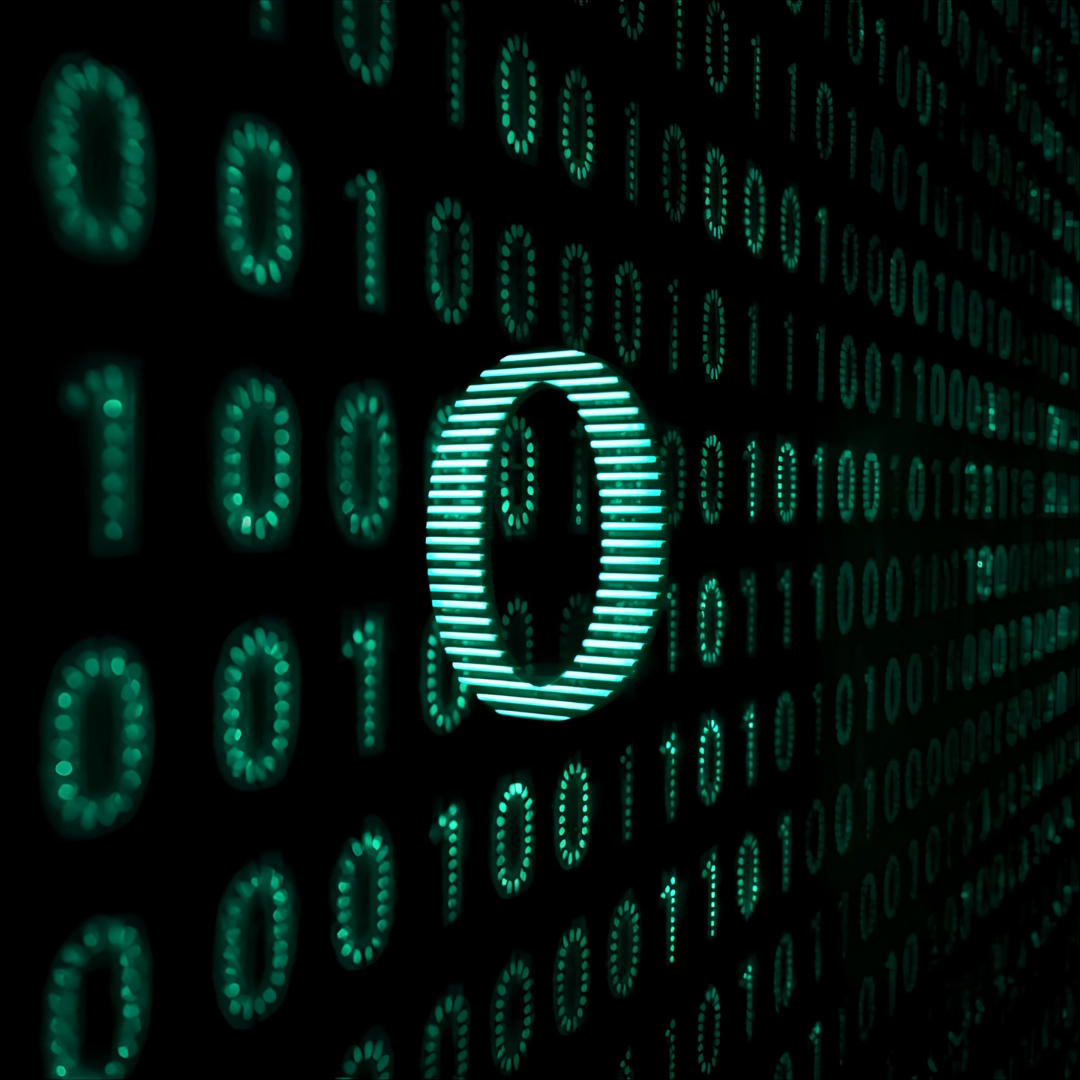Storing and Using Data
Storing Data
Humans collect and keep a large amount of information so that it can be used again whenever it’s needed.
Humans have been keeping records for thousands of years. In ancient times, people shared information about important events by drawing on cave walls or carving symbols into stone. As societies developed, they began to write on materials such as scrolls and parchment to record their stories and discoveries.

Throughout history, people developed different ways to store data — from books and records to digital files. In the modern world, computers store and process data in digital formats.
What is Digital Data?
A computer stores data using only digits. Data that is stored using digits is called digital data. The computer uses only two digits: 0 and 1.
Every file stored on a computer is made up of zeros and ones. Computers can use digital data to store text, images, video, and sound.
What does a computer use digital data for?
- Yes and no (true and false)
- Numbers
- Instructions that tell the computer what to do
- Other digital content such as text, images, and sounds

Binary Numbers
When you use math for everyday things, you're using the decimal number system. It uses 10 different digits: 0, 1, 2, 3, 4, 5, 6, 7, 8, and 9. The word "decimal" is like the word decade (10 years) and means 10. Why do we use 10? Probably because we have 10 fingers (or digits!) and used them to count when we first started.
A computer, however, uses a different system. It only uses two different digits: 0 and 1. This is called the binary number system. The word "binary" is like the word bicycle (two wheels) and means two. Computers use these 0s and 1s to store every number and do all their work.
Even though they look different, binary numbers work exactly like decimal numbers when it comes to calculations. Look at the table: the decimal number 8 and the binary number 1000 are just two different ways to write the same amount or value. They mean the same thing!
| Decimal and Binary | |
|---|---|
| Decimal | Binary |
| 1 | 1 |
| 10 | 1010 |
| 20 | 10100 |
| 30 | 11110 |
Storing Text Using Binary Numbers
A computer stores different types of media — such as text, pictures, sound, and video — using binary code. Binary is made up of only the digits 0 and 1, and these digits form patterns called codes.
For example, when the word “computer” is stored in binary, it might look like this:
"01100011 01101111 01101101 01110000 01110101 01110100 01100101 01110010"Each group of eight binary digits (called a byte) represents one letter or character.
| Binary | Letter |
|---|---|
| 01100011 | c |
| 01101111 | o |
| 01101101 | m |
| 01110000 | p |
| 01110101 | u |
| 01110100 | t |
| 01100101 | e |
| 01110010 | r |
Storing Instructions Using Binary Numbers
Computer programs are made up of instructions that are saved using binary code. Before a program can run, its instructions are translated into binary so the computer can read and process them. Each binary command represents a small, specific action for the computer to perform.
Example: Programming a frog to move
| Action | Binary Code |
|---|---|
| One step left | 00 |
| One step right | 01 |
| One step up | 10 |
| One step down | 11 |
